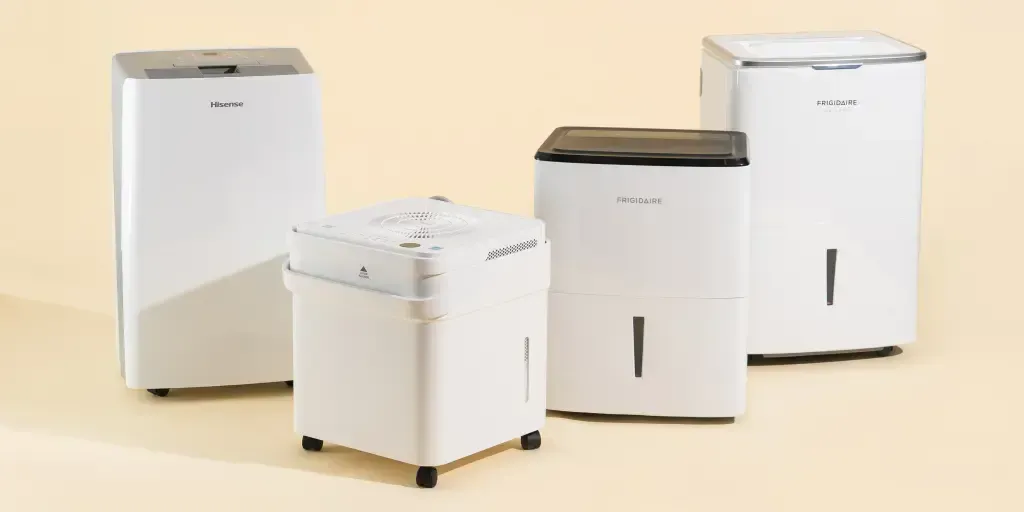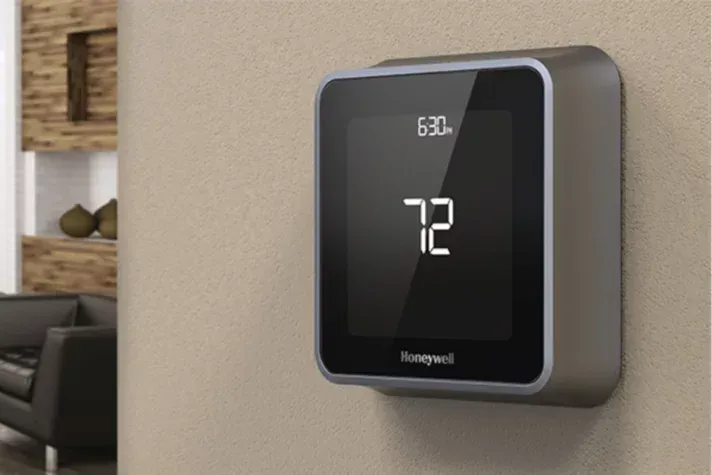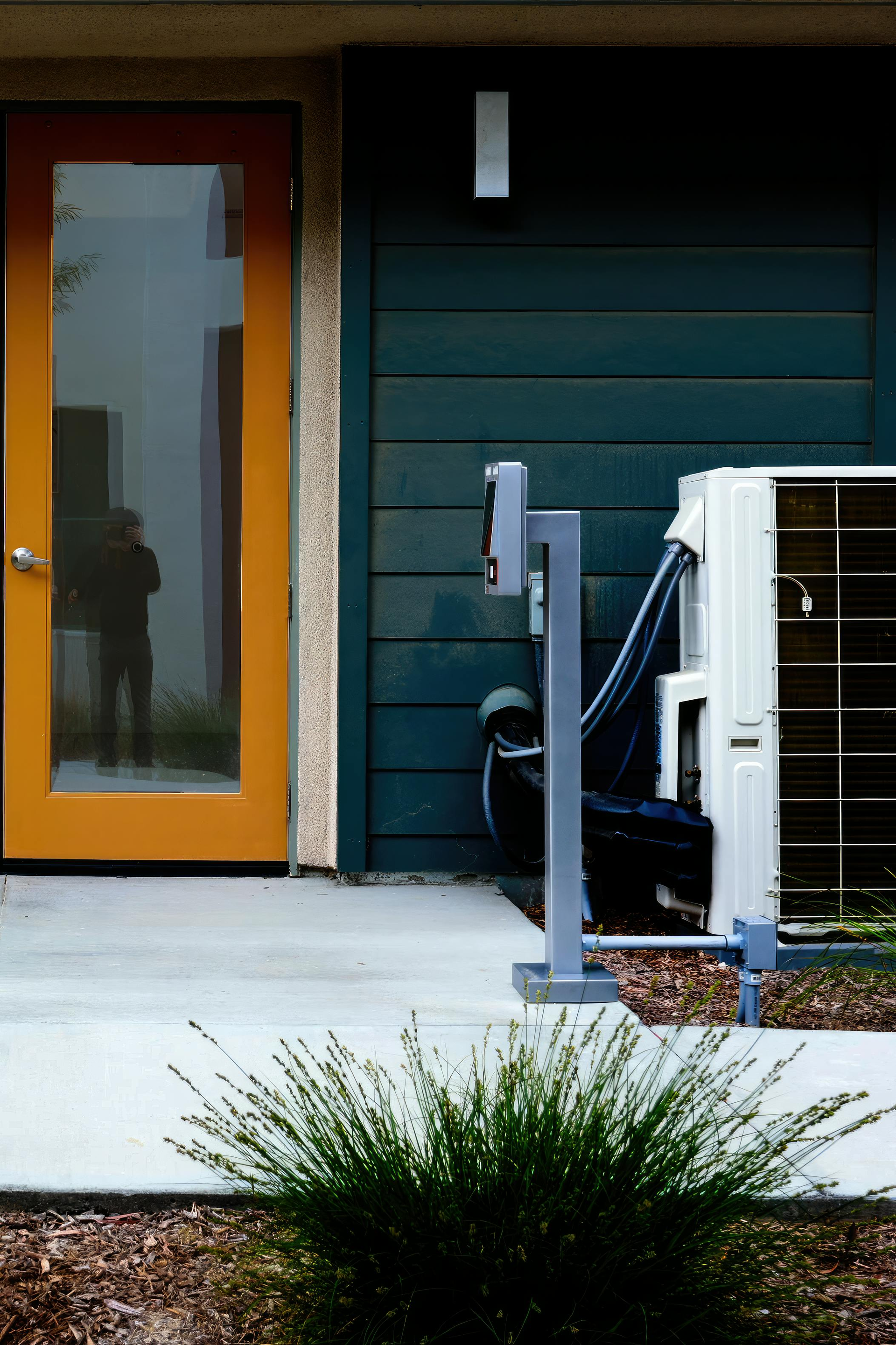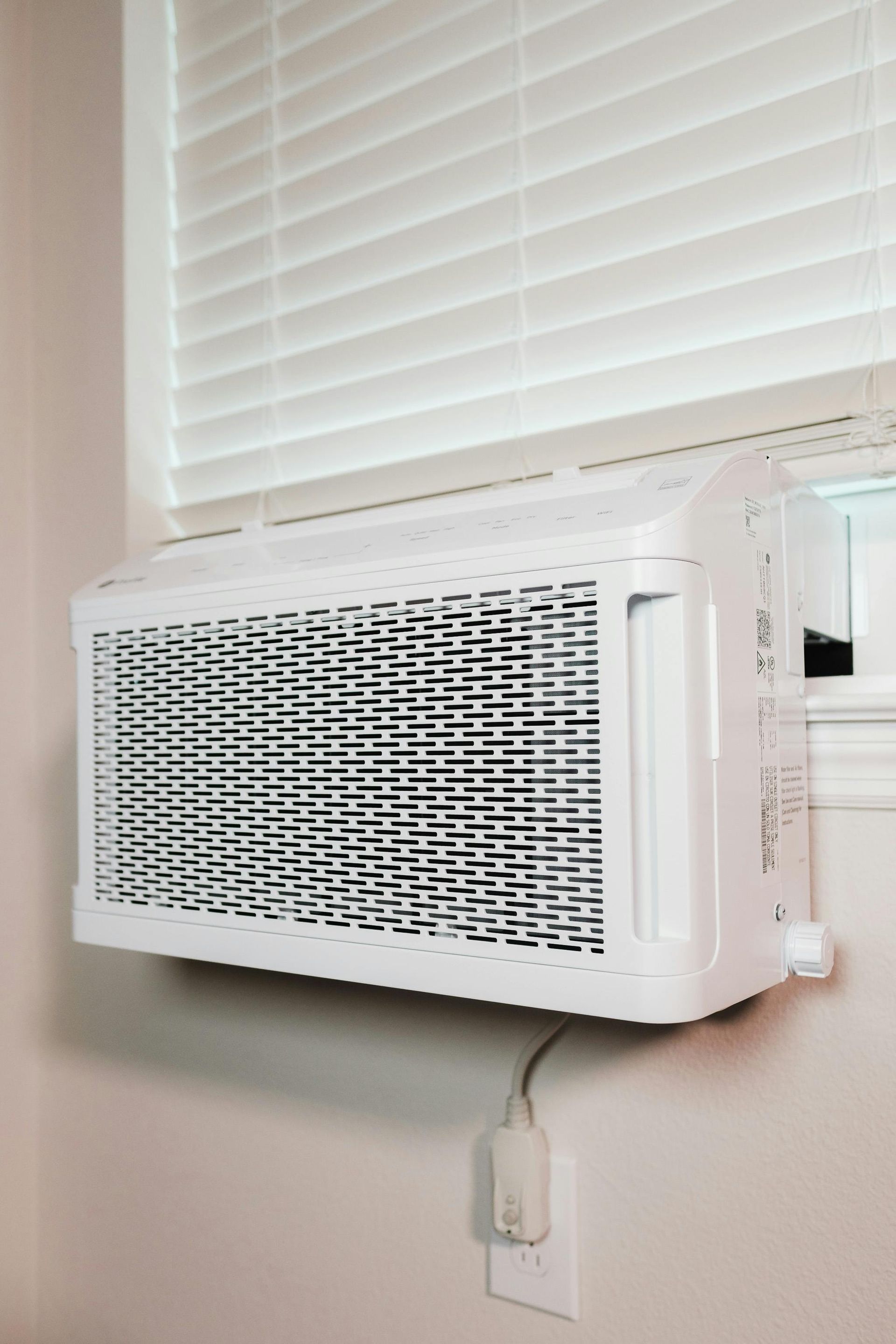How to Reduce Humidity in Your Home as Temperatures Rise
As temperatures soar, many homeowners find themselves asking, "Why does my house feel humid?" High humidity levels can make your home feel warmer than it actually is, leading to discomfort and a host of other issues. In this guide, we'll explore effective strategies to reduce humidity in your home, ensuring a comfortable and healthy indoor environment.
Understanding Indoor Humidity
What is Humidity?
Humidity refers to the amount of moisture present in the air. It is often expressed as a percentage. The higher the percentage, the more moisture is in the air.
What is Considered High Humidity?
For indoor spaces, humidity levels should ideally be between 30% and 50%. When humidity exceeds 50%, it can create a breeding ground for mold, dust mites, and other allergens. High humidity also makes it difficult for sweat to evaporate, leaving you feeling hot and sticky.
Causes of High Indoor Humidity
Weather Conditions
Warm weather naturally increases humidity levels. As the temperature rises, the air holds more moisture, which can seep into your home.
Poor Ventilation
Homes with inadequate ventilation trap moisture, leading to higher indoor humidity. This is especially common in areas like bathrooms and kitchens, where water usage is frequent.
Daily Activities
Everyday activities such as cooking, showering, and even breathing contribute to indoor humidity. Without proper
ventilation, this moisture accumulates over time.
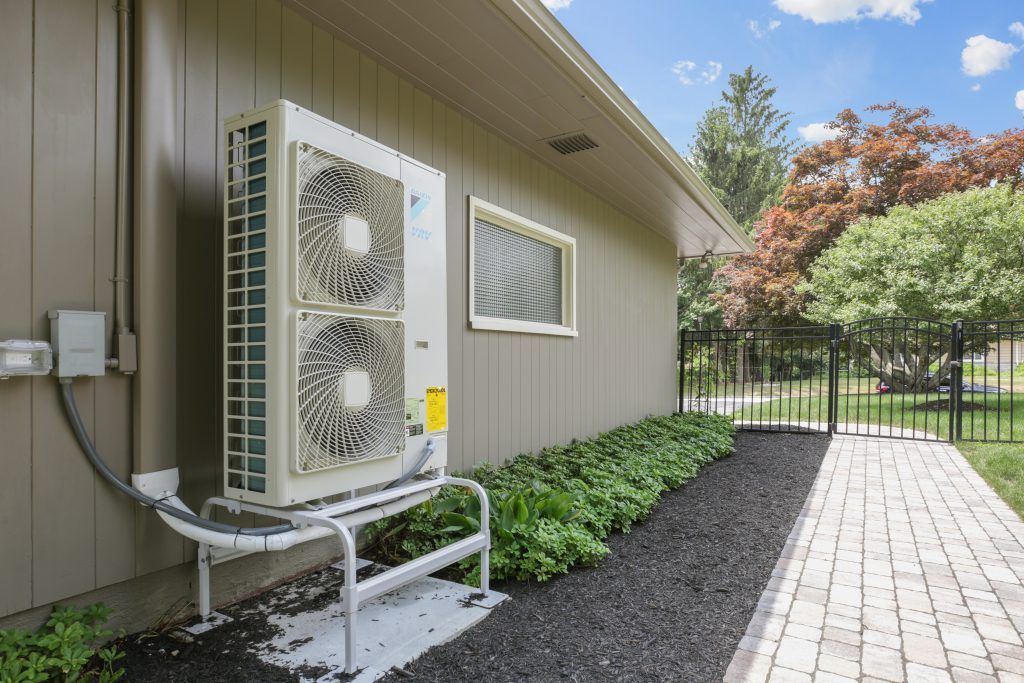
Photo By: Sealed
Effective Ways to Reduce Humidity in Your Home
Use a Dehumidifier
One of the most effective tools for reducing humidity is a dehumidifier. These devices extract moisture from the air, helping to maintain optimal humidity levels. Place them in areas with the highest moisture levels, like basements or bathrooms.
Improve Ventilation
Enhancing airflow is crucial for reducing humidity. Use exhaust fans in bathrooms and kitchens to expel moist air. If your home lacks built-in ventilation, consider using portable fans or opening windows to increase air circulation.
Regular Maintenance of HVAC Systems
Your heating, ventilation, and air conditioning (HVAC) system plays a significant role in controlling humidity. Regular maintenance, including changing filters and cleaning ducts, ensures your system operates efficiently.
Seal Your Home
Air leaks around windows and doors can allow humid outdoor air to enter your home. Seal these gaps with weatherstripping or caulk to keep unwanted moisture out.
Use Moisture Absorbers
Moisture absorbers like silica gel packets or calcium chloride can be placed in closets, bathrooms, and other small spaces to help reduce humidity. These products draw moisture from the air, making them a simple and cost-effective solution.
Limit Indoor Plants
While indoor plants are beautiful, they release moisture into the air. Limit the number of plants or choose varieties that require less water.
Photo By: NY Times
Lifestyle Changes to Manage Humidity
Reduce Steam
When cooking, cover pots to trap steam. Opt for shorter showers and use cooler water to reduce steam production in bathrooms.
Dry Clothes Outside
If possible, dry clothes outside instead of using an indoor drying rack or dryer. This prevents additional moisture from being released into your home.
Use a Hygrometer
A hygrometer is a device that measures humidity levels. By monitoring indoor humidity, you can make informed decisions about when to use dehumidifiers or adjust other settings.
The Impact of High Humidity on Health and Home
Health Concerns
Excessive humidity can aggravate respiratory issues and trigger allergies. Mold and dust mites thrive in humid environments, posing health risks to you and your family.
Damage to Your Home
High humidity can also damage your home. It can cause wood to warp, paint to peel, and metal to rust. By managing indoor humidity, you protect your home and its contents.
Conclusion: Keeping Humidity in Check
At Jeff's HVAC, we understand that maintaining optimal indoor humidity levels is essential for your home’s comfort and your family’s health. High humidity can lead to discomfort, mold growth, and even damage to your property. By employing effective strategies—such as utilizing a dehumidifier, enhancing ventilation, and making mindful lifestyle choices—you can significantly reduce humidity levels in your home.
Don't let humidity disrupt your living space! For professional guidance and HVAC solutions tailored to your needs, contact Jeff's HVAC today. Our team of experts is here to help you create a comfortable, healthy environment in your home.
Contact us today to schedule a consultation!
By taking proactive measures and partnering with Jeff's HVAC, you'll not only ensure a cooler, more comfortable home, but you'll also protect your health and your property from the detrimental effects of high humidity. Let us help you stay cool and dry all year round!

